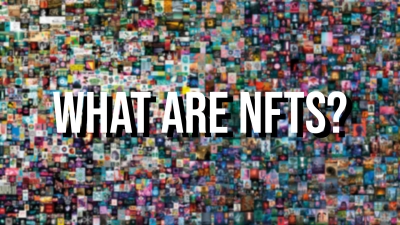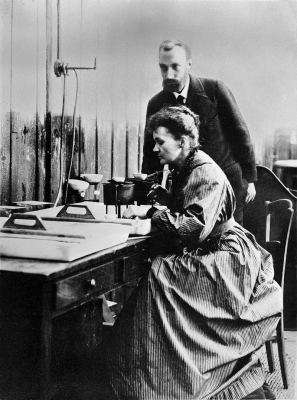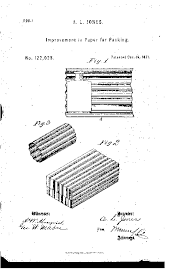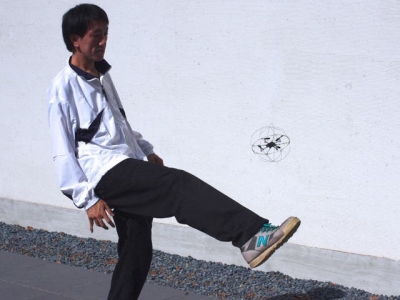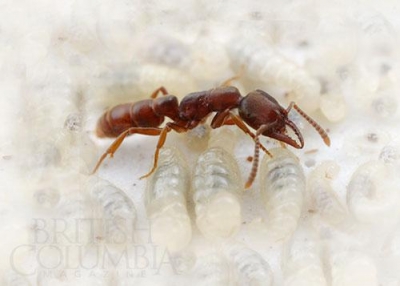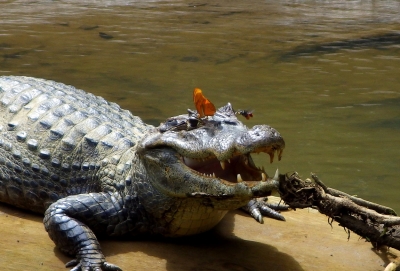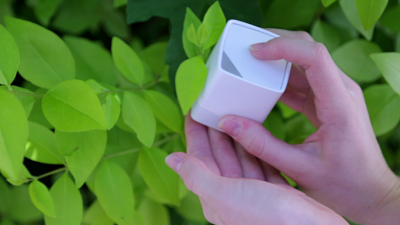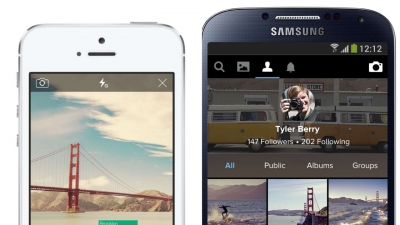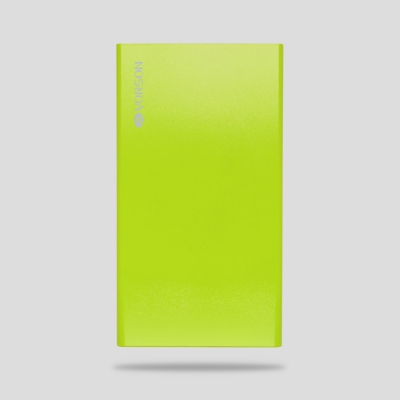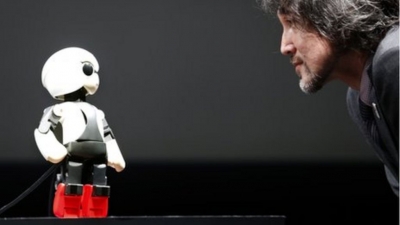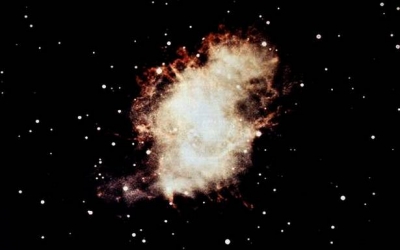
Pulsars are celestial objects generally believed to be rapidly rotating neutron stars that emit beams of electromagnetic radiation. Packing a mass that could be more than that of our sun in the space of about a large city, pulsars are spherical and compact. Optical pulsars are a class of pulsars that can be detected in the visible spectrum.
British astronomer Jocelyn Bell Burnell discovered the first pulsars in 1967. She achieved this while pursuing her Ph.D. and assisting her advisor Antony Hewish, who went on to win the Nobel Prize for Physics in 1974 for this discovery along with another astronomer Martin Ryle, with no mention of Burnell.
The hunt begins…
Burnell’s discovery, however, opened up the floodgates in the field. Within another year, more than 20 pulsars had been discovered. All of these, however, had also been detected by their radio waves and even though many were still sceptical of ever detecting light from a pulsar, the race to find optical pulsars were on.
That race was won by astronomers John Cocke and Mike Disney when they discovered the first optical pulsar on January 15, 1969. Theoretical astronomers with no practical experience before this discovery, the pair was an unlikely candidate to clinch this important discovery.
In fact, Cocke and Disney had bumped into each other only months before their groundbreaking discovery. Staying at the same motel in Tucson, Arizona with their wives, a chance encounter at the swimming pool marked the start of their partnership as they realised that they were both astronomers heading to the Steward Observatory, trying to get experience at the telescope.
Despite being complete novices, they received observing time of a few nights on a small 36” telescope to their amazement. With the news of the discovery of a pulsar that pulsed 30 times a second from the general direction of Crab Nebula coming in, Cocke and Disney decided to do a thorough study of the region by starting to look right in the centre of the Nebula.
Stitch a partnership with Taylor
Looking for optical pulsars, however, is a complicated experiment that required instruments that the pair had no idea about. Ray Weymann, one of the senior astronomers at the observatory, suggested that they reach out to another astronomer Don Taylor, as he already had an ideal piece of equipment.
Disney called Taylor “a bit of an electronic wizard” and the trio decided to work together. The fact that Taylor’s own interest lay with planets and quasars put him in good stead to look for an optical pulsar.
Heading to the remote mountain peak where the observatory was located, the trio, along with Bob McCallister, the night assistant, set up their equipment. Once Taylor had connected the 36” telescope to a Computer of Average Transients or CAT (a device that could produce a smooth, representative curve by averaging many passes of light), the team were ready to find the pulsar’s light.
Doppler effect
As nothing worthwhile came about in the first night of observations, Taylor showed Cocke and Disney how to work the equipment as he decided to head back to the University of Arizona to help his students. The mood was down when nothing came about during the next night as well, as the following two nights that they were left with were expected to be cloudy.
It was during one of those cloudy days that it occurred to Cocke that they had to re-check their calculations. Cocke then told Disney as they were cooking dinner that they hadn’t accounted for the Earth’s movement around the sun. This movement would mean that there would be more pulses when the Earth moves towards the pulsar and fewer when moving away.
By accounting for this Doppler effect, the pair corrected the radio period of the pulse. They were lucky to get a few more nights of observing time as the one who had to come after them opted out for personal reasons. Along with McCallister, the pair returned to the observatory, reset the timing gear to the new period they had worked out and restarted the whole procedure.
CAT-ching a glimpse
Thus, on the night of January 15, 1969, Cocke, Disney, and McCallister witnessed a historic moment when they observed a pulse on the CAT screen. Following their success in observation number 18, they repeated it again and were again successful.
Once the excitement had cooled off a bit, they decided to confirm that the signals weren’t an artifact of the instrumentation. While observation number 20 gave them reason to fear, they decided to move the telescope further in observations 21 and 22 and were happy to see no pulse at all. Observation number 23 was a repeat of 18 and the pulse showed up on the screen once again.
Apart from the fact that they had made a stunning discovery, what was even more incredible was the fact that their entire conversation through that night was recorded on tape as the events unfolded. The excitement of the moment of a great discovery, the palpable fear that it might all be a mistake and not real, are all clearly discernible from the recordings.
When the pair first communicated their success to Taylor, he wasn’t ready to believe them. But on returning the following day and having a go at the equipment himself, Taylor too was convinced that this was the real thing. The team sent a telegram announcing their discovery to the International Astronomical Union and on February 8 the same year, the trio officially announced their findings in a paper titled “Strong light flashes have been detected from the fast pulsar in the Crab Nebula” in the journal Nature.
The discovery of the optical pulsar is a fascinating story about science itself and about those who practise it. While the discovery made Disney believe that they “were incredibly fortunate the first time” they went observing and he saw astronomy, and science in general, as a form of big game hunting; Cocke felt that “you only had to look in the right places and look often enough, and you’d find something”. Whatever their methods and beliefs, their partnership allowed them to succeed where others disbelieved.
Picture Credit : Google
